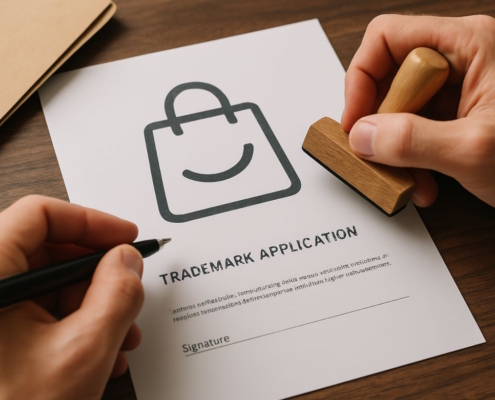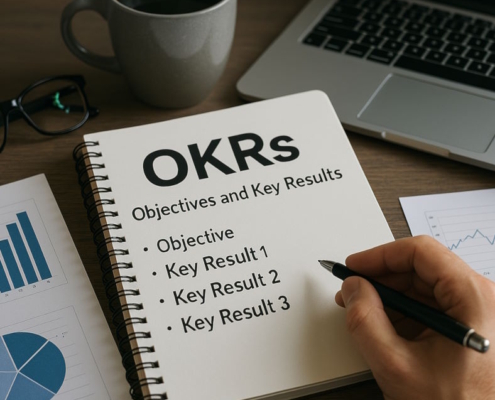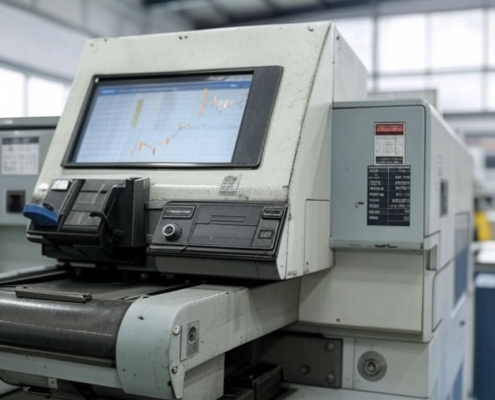Filing a DBA in California
If a California business owner wishes to use an alternate name for his or her company, then he or she may file for a DBA with the state. A DBA, or “doing business as,” is a fictitious business name. Don’t worry! Filing a DBA in California is a simple process that is performed in the county where a company does its principal business.
Let’s go over the basic steps of filing for a DBA in California.
Step 1: Name Search
The first step on the journey to getting a DBA in California is to think of a name. Likely, a business owner has registered the business in his or her legal name or another name that is no longer suitable for the company. This could be because the company has since branched out into other sectors, or the original name was not descriptive enough of the business performed. So, the owner should first think of a suitable name for his or her DBA.
Example: Sherry originally called her luxury spa “Sherry’s Nails,” but she has since diversified her offerings. She now offers other spa services, such as massages and facials. So, Sherry’s Nails is no longer a suitable or descriptive name. She files for a DBA to change her business’ name to “Marie Antoinette Day Spa,” which implies the luxury of the experience.
It is important, however, to make sure the name one wants is available. The name must be unique enough that no one else has it, or a similar variation. This means that a business owner will need to search the county’s records to ensure that the precise name he or she wants is not already taken by someone else. It is also necessary to check the relevant naming rules to make sure the name complies with these.
What are these rules? Let’s review them.
In California, a DBA name cannot have a business entity suffix if the company is not actually one of those entities. Suffixes include “LLC,” “Incorporated,” “Corp.,” “Inc.,” etc. These suffixes are reserved for specific business types, meaning limited liability companies or corporations. So, unless one’s business is an LLC or corporation, it cannot use one of these suffixes.
Example: Arthur is the owner of a 3D computer modeling company. Because he did not like the company’s previous name, which he thought was not creative enough for the industry, he decides to file for a DBA. He wants the name “Vector C,” which is available for use. However, he wants his company to seem more legitimate, so he decides to add “Inc.” to the name. As a result, his application for a DBA is rejected. Because Arthur’s company is a sole proprietorship and not a corporation, he does not have the right to use the suffix “Inc.”
It would also be a good idea to do a search on the U.S. Trademark Electronic Search System to see whether one’s desired name has already been trademarked. If it has been, then it can’t be used. To attempt to use it would result in a trademark infringement lawsuit.
Once a business owner has settled on a DBA name, it would also be advisable to check to see if there is a domain name available for it. To search this, one can use a service like GoDaddy.
































